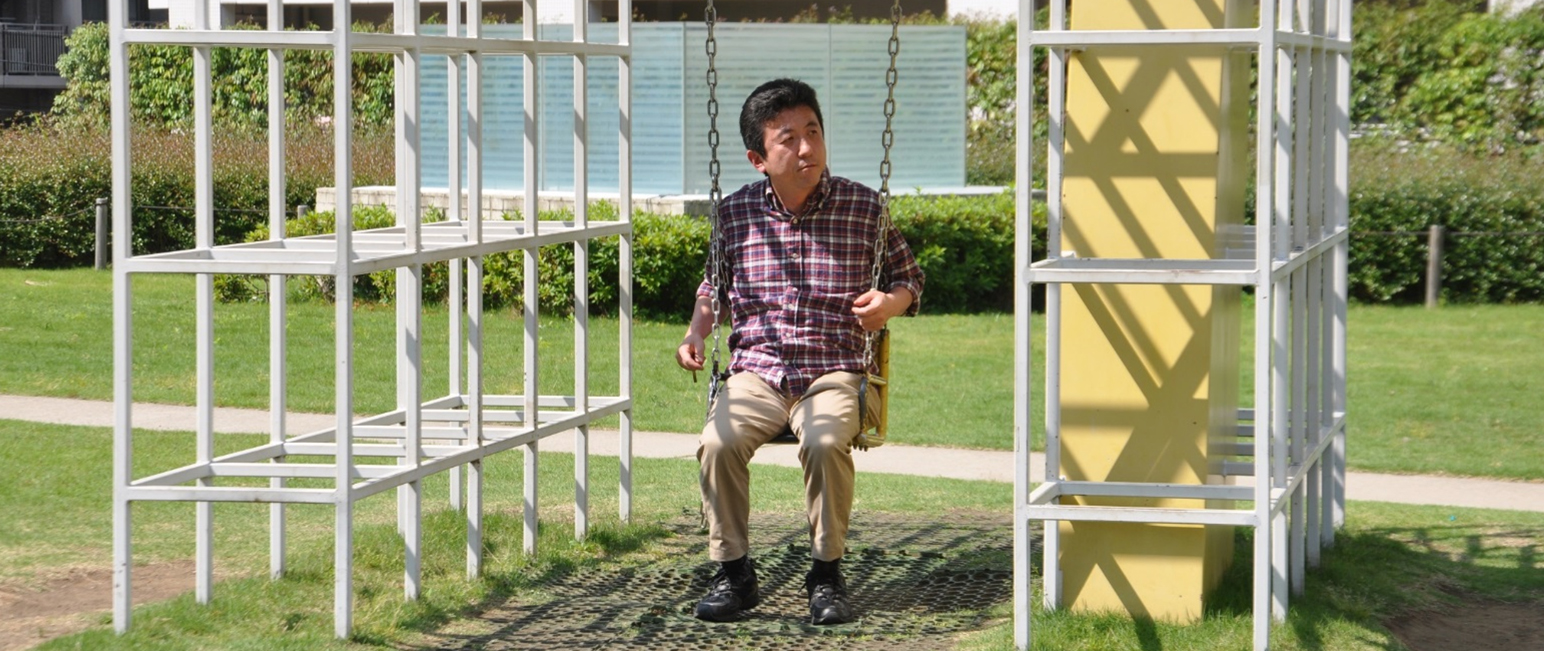RESEARCH PROJECTS
五十嵐研究室で現在行われている主な研究の概要です。
主な研究テーマ
Our Research Thema
建築鋼構造,板座屈,接合部
1. 鋼構造部材の座屈性状に関する研究
Buckling Behavior of Steel Structures
2. 鋼構造部材の塑性変形性状に関する研究
Plastic Deformation of Steel Structures
3. 鋼構造物の接合部性状に関する研究
Connections of Steel Structures
建築構造とは 【What is a structure?】
「建築」という言葉を聞くと、斬新なデザインを駆使した設計分野を思い浮かべる方も多いとは思いますが、これらは意匠設計と呼ばれる建築学の分野の一つに過ぎません。この他にも建築学の分野は多岐に渡っています。
私たちが専門とする分野は、その中の建築構造という分野です。建築物を地震、風、雪、そして自重(建物自身の重量)など様々な力に耐えうるように設計し、より安全な建物を可能にすることを目的としています。
When you hear the word "architecture," many people think of design fields that entirely use innovative designs. Still, these are just one of the fields of architecture called design. There are many other fields of architecture.The field we specialize in is the field of architectural structure. The purpose is to design a building to withstand various forces such as earthquakes, wind, snow, and its weight (the building itself), enabling a safer building.
座屈現象とは 【What is the buckling phenomenon?】
私たちは建築構造の分野の中で、主として鋼構造の「座屈」に関する研究を行っています。皆さんにとって「座屈」とは普段聞き慣れていない言葉だと思います。「座屈」とはなんでしょうか?
身近な例として、まずプラスチックの下敷きを思い浮かべてください。 プラスチックの下敷きは引っ張ってみてもなかなか壊すことは出来ませんが、両側から押した場合には簡単に壊すことが出来るのが分かるはずです。
このように、細長かったり、薄かったりする物体は、引っ張ったときにはその材料の強度まで耐えることが出来ますが、押したとき(圧縮したとき)には、材料の強度よりもはるかに小さな力で折れてしまうのです。この現象を、「座屈」と呼んでいます。座屈によって決まる強度は材料の強度とは無関係に決まります。板なら薄いほど、棒なら細長いほど座屈しやすいのです。
この座屈が建築構造上の問題に発展したのは実はそれほど昔のことではありません。昔は強度の高い材料がなかったので建築部材は大きな断面を必要とし、柱なら太く、板なら厚くなっていました。この場合、座屈強度は高くなるので強度は材料の強度のみで決まり,座屈は問題にならなかったのです。
しかし、近年は強度の高い材料が現れ、今までよりも柱などの断面を小さくすることが可能になり、スレンダーな構造物が現れるようになりました。ところが、このような構造物は座屈現象によって早期に崩壊に至る性質があります。
これが、近年座屈が問題となる理由です。「座屈」は材料技術の発展に伴って現れた建築構造問題と言えます。
柱などの断面を小さくすることは、建築におけるコストを抑えるだけではなく、建物の重量を軽くすることも出来ます。座屈現象を理解することは、新しい材料を用いて建物を設計するときには非常に重要になります。座屈現象にしっかりと向き合い、これまでに見られないようなスレンダーで軽やかでありながら、十分に安全な建築物を可能にすることがこの研究の目標です。
I think "buckling" is a word that you are not used to hearing. What is "buckling"?
As a familiar example, first, think of a plastic underlay. You can see that the plastic underlay is hard to break by pulling it, but you can easily break it by pushing it from both sides.
In this way, slender or thin objects can withstand the strength of the material when pulled. However, when pressed (compressed), it breaks with much less force than the force of the material. This phenomenon is called "buckling." The strength determined by buckling is independent of the strength of the material. The thinner the board and the longer the bar, the easier it is to buckle.
It wasn't long ago that this buckling turned into a structural problem. There was no high-strength material in the old days, so building materials required a large cross-section, and columns were thick and wide. In this case, the buckling strength is high, so the strength is determined only by the strength of the material, and buckling was not a problem.
However, in recent years, materials with high strength have appeared. It has become possible to make the cross-section of columns and the like smaller than before, and slender structures have come to appear. However, such structures have the property of prematurely collapsing due to the buckling phenomenon.
This is why buckling has become a problem in recent years. "Buckling" can be said to be a building structure problem that has emerged with material technology development.
Reducing the cross-section of pillars, etc., reduces the cost of construction and reduces the weight of the building. Understanding the buckling phenomenon is very important when designing a building with high-grade materials. This research aims to understand the buckling phenomenon properly and enable a slender, light and sufficiently safe building that has never been seen before.


